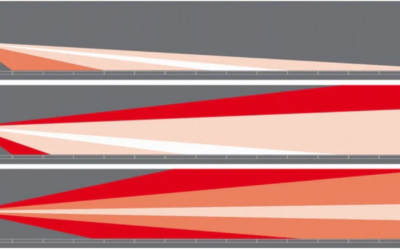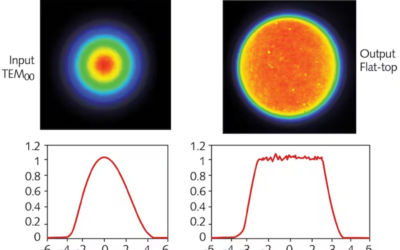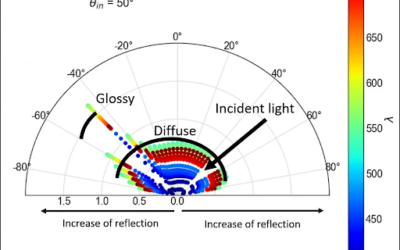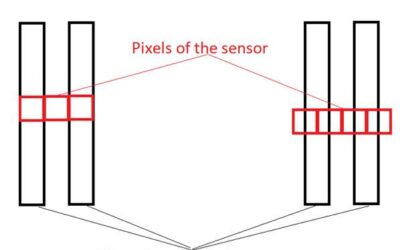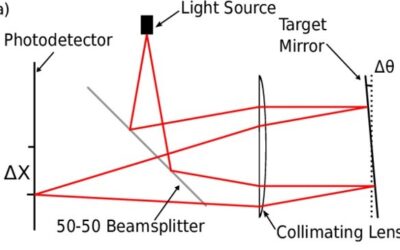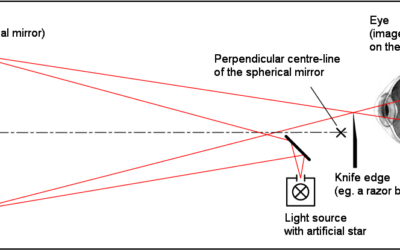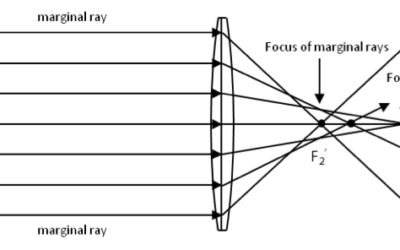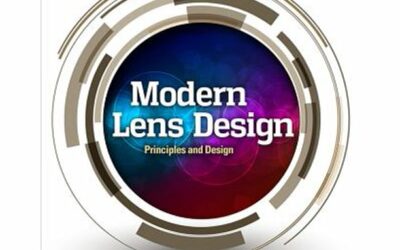In the realm of bicycle lighting, adhering to stringent standards ensures not only compliance with legal requirements but also the safety and convenience of cyclists. One of the most critical standards in this domain is the STVZO (Straßenverkehrs-Zulassungs-Ordnung),...
Blog
Wobble Welding Explained
by Victor Argueta | OFH, FAQ, optical design, scanners, Victor Argueta
Benefits of wobble welding in high power laser welding systems are explained, features of wobble scan mirrors are reviewed.
Overview of Pi-Shapers, for beam shaping
by Victor Argueta | FAQ, lens design, optical design
A pi-Shaper, also known as the πShaper, is designed to transform Gaussian or similar intensity distributions of source laser beams into flat-top ones. This article describes benefits and trade off
How to Hire Optical Engineers: Questions, Skills, and Specializations
by Victor Argueta | FAQ, optical design
Work experience and proven skills in ray tracing and optimization are important for good optical engineers, so ask potential candidates for examples of their work in these areas before you hire them.
Understanding K Correlation in Optical Design: Managing Stray Light and Light Scattering
by Victor Argueta | FAQ, lens design, optical engineering, optics
In this article, we will explore a critical aspect of optical design: the K correlation, and how it plays a pivotal role in managing issues such as stray light and light scattering in optical systems, and we will discuss the Bidirectional Scattering Distribution...
Designing Stereo Lens Pairs
by Victor Argueta | FAQ, lens design, optical design
Stereo lens pairs are designed to capture two slightly offset images, mimicking the way our eyes perceive the world. When these images are combined and viewed with the appropriate technique, such as stereoscopy, they create a three-dimensional effect, adding depth and...
Questions and Answers optical resolution
by Victor Argueta | FAQ, lens design, optical design, optical engineering
In the world of imaging and optics, achieving clarity and precision is paramount. Whether it's for quality control, machine vision, or barcode reading, understanding the intricacies of image resolution plays a vital role in ensuring the success of various...
Using Auto-Collimators for Optical Assemblies
by Victor Argueta | lens design, optical engineering, optics
Uses and Benefits of auto collimators for optical assemblies explained
Beam Expander Design
by Victor Argueta | FAQ, optical design, optical engineering
Types of beam expanders and design features are explained
Knife Edge Test for Lens Evaluation
by Victor Argueta | Uncategorized
The Foucault Test or ‘knife edge test’ and how they are used in optical metrology is explained
Optical design using liquid lenses
by Victor Argueta | imaging, lens design, lens design consulting, machine vision, Optical Components, Uncategorized
Liquid lenses, are a type of optical lens that have a tunable focal length by shaping a liquid electronically. These lenses can be based on voice coil actuation, or based on electrowetting technology, which involves manipulating the surface tension of a conductive...
Understanding Paraxial Lenses
by Victor Argueta | lens design, optical design, Uncategorized
Paraxial Lenses Paraxial lenses are a simplified model used to analyze and design optical systems, particularly lenses. In the paraxial approximation, light rays passing through a lens are assumed to be close to the optical axis and at small angles with respect...
Screen Scratch Detection System
by John | Uncategorized
The resale value of a used smartphone is highly dependent on the quality of the screen. In this project, we demonstrate methods to automatically identify screen scratches and determine screen quality using a custom imaging and illumination layout and computer...
Phase Shift Method for distance measurement
by Victor Argueta | 3D, FAQ, mechanical design, optical design
Optical techniques for distance measurement offer plenty of uses and applications. These techniques are able to measure the distance between two objects without touching them, making them perfect for a variety of situations. Optical techniques are usually the best...
Exploring the Scheimpflug Principle: Depth and Clarity in Imaging | OFH
by Victor Argueta | FAQ, optical design, optics definitions
Introduction The Scheimpflug principle is a fundamental concept in optics, particularly in the realm of photography and imaging. Named after its inventor Theodor Scheimpflug, this principle provides a systematic approach to achieving extended depth of field in...
Dispersive Prism
by Victor Argueta | FAQ, OFH, optical design, optics, optics definitions
A dispersive prism is an optical element used to break up light into its different wavelength components - a phenomenon discovered by Sir Isaac Newton. By doing this, the prism separates light of varying wavelengths, with longer wavelengths (red) deflecting at a...
Top 12 Resources for Mastering Lens Design: A Comprehensive Guide
by Victor Argueta | FAQ, lens design consulting, optical design, Zemax
In this post we will review textbooks, online tutorials, discussion forums like the ELE Optics Community and software training programs like Zemax training and other great sources to help engineers learn lens design from basic concepts to advanced techniques.
5 Tricks to Control Stray Light
by Victor Argueta | Uncategorized
Stray light is a major limiting factor in many imaging systems. When stray light enters the system, it degrades the signal-to-noise ratio or contrast ratio, making it more difficult to obtain accurate images. There are many ways to prevent stray light in an optical system. In this article we will review five.
Optics Content Directory
by Victor Argueta | FAQ
Directory for our Blog Articles
3 Rules For Plano Convex Lens Design
by Victor Argueta | lens design, OFH, optical design, optics, optics definitions
Plano convex lenses are lenses with a positive focal length and while they are simple compared to many optical systems, but there are fine details that a lens designer needs to pay attention to. This post will review 3 key rules for designing a plano convex lens
